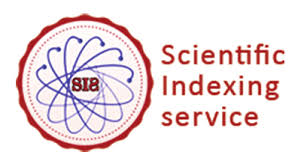Classification of Breast Ultrasound Images Based on Regional and Morphological Features
DOI:
https://doi.org/10.30855/AIS.2024.07.02.01Keywords:
Breast ultrasound image, region and morphological features, machine learningAbstract
Abstract – Breast cancer is a highly prevalent and the most lethal cancer type in women, emphasizing the critical importance of early diagnosis and treatment. This study is based on extracting features from breast ultrasound images (BUSI) from a publicly available dataset. The research examined types of breast cancer based on regional and morphological features extracted from mask images of breast ultrasound.
Regional and morphological features were extracted from BUS images, and the least absolute shrinkage and selection operator (LASSO) method was used for feature selection. The results demonstrated that the selected features could effectively distinguish between malignant and benign breast lesions with high accuracy. In this study, machine learning methods such as support vector machines (SVM), artificial neural networks (ANN), and naive bayes (NB) were employed to classify benign and malignant lesions. The classification methods were evaluated using various performance criteria. According to the results, in the study conducted with balanced data, the ANN method achieved the highest classification performance, with an area under the curve (AUC) value of 0.9973 and an accuracy value of 0.9887.
Downloads
Published
How to Cite
Issue
Section
License
Artificial Intelligence Studies (AIS) publishes open access articles under a Creative Commons Attribution 4.0 International License (CC BY). This license permits user to freely share (copy, distribute and transmit) and adapt the contribution including for commercial purposes, as long as the author is properly attributed.

For all licenses mentioned above, authors can retain copyright and all publication rights without restriction.











